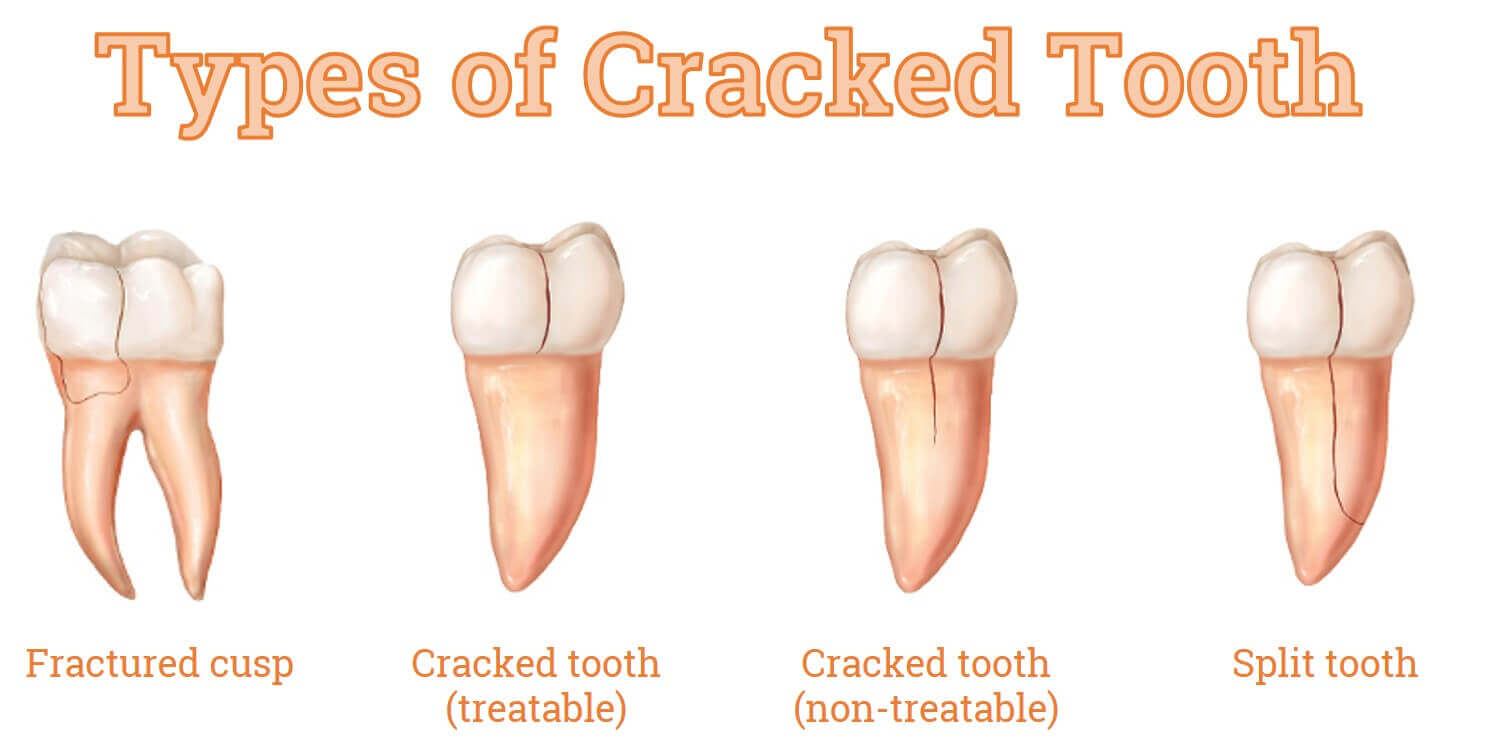As life expectancy increases, people are living till an older age and that means we need to use our teeth for a longer period of time. Longer periods of usage (chewing on hard food or teeth grinding) increases the probability of getting a cracked tooth. Here are the answers to six most commonly asked questions on cracked tooth.
1. How do I know if I got a cracked tooth?
If you feel a sudden sharp pain when you bite down and it disappears soon after you release your bite or if you feel sensitivity when you eat various types of food (eg. hot, cold, sour etc), you may have a cracked tooth.
2. What to do if I have a cracked tooth?
Depending on the nature of the crack, you may not be able to identify exactly which tooth is cracked. Hence, you will need to consult a dentist for a thorough checkup.
If left untreated, the crack can worsen and irritate the pulp (nerves and blood tissues), causing the tooth to become irreversibly damaged and hurt consistently even when not in function. Cracks also allow bacteria to access the inner layer of the tooth (dentine and pulp), resulting in an infection (dental abscess).
[Related: Find out what are the 6 things you need to know about dental abscesses here.]
3. What happens during the check up?
Inform your dentist when and where you experience the pain and whether it is sensitive to hot, cold, sweet, sour or sticky food. Panaromic x-rays (for full mouth) and periapical x-rays (also known as PA; for a full tooth) will be taken to help your dentist determine the abnormalities.
The identified cracked tooth will then be examined. In some cases, a surgical microscope will be used.
4. Can a cracked tooth be treated?
That depends on the type, location of affected area and severity of the crack. Here are a few types of cracked teeth that require treatment:

• Fractured cusp – when a piece of a tooth’s chewing surface breaks off. As the damage is done on the surface, it does not affect the inner layers of the tooth, hence may not cause much pain.
Possible treatment: A new filling is done or a crown is placed to protect the cracked tooth.
• Cracked tooth – when a crack extends from the chewing surface vertically down towards the root. The tooth has not split into pieces yet, though if left untreated, the crack may gradually worsen.
Possible treatment: The tooth can be saved with a root canal treatment and a crown if the crack affects the pulp.
If the crack extends below the gum line, the tooth cannot be saved and extraction needs to be done. Therefore, visiting a dentist promptly is vital when it comes to having cracked teeth.
• Split tooth – when a crack can separate a tooth into different segments. This is often a consequence of leaving a cracked tooth untreated for long periods of time.
Possible treatment: Depending on the position and extent of the crack, only parts of the tooth may be saved by root canal treatment.
5. Once treated, will the tooth be healed completely?
Treatment would help to relieve the pain and reduce the probability of the crack worsening to cause even more problems. It would also help to restore the function of the tooth (i.e. chewing).
However, due to the nature of the tooth, it does not heal completely. Even with treatment, some cracks may continue to progress and separate. In such cases, that is when the tooth can no longer be saved and needs to be extracted.
[Related: Discover the essential guide to restoring missing teeth here.]
6. How do I prevent my tooth from cracking?
It is not possible to completely eliminate the risk, but here are some actions you can take to reduce the risk:
- Refrain from chewing on hard food (e.g. ice, hard nuts, seafood shells etc)
- Refrain from using your teeth as a tool (e.g. open bottles, tags, plastic tags etc)
- Consult a dentist if you suspect you grind your teeth while you sleep (bruxism)
- Wear a mouth guard when playing sports
| Experiencing problems with a cracked tooth? Make an appointment with one of our dental specialists here for a thorough checkup. Have any dental enquiries? Fill in the online form or call us at (65) 6734 9393. |





